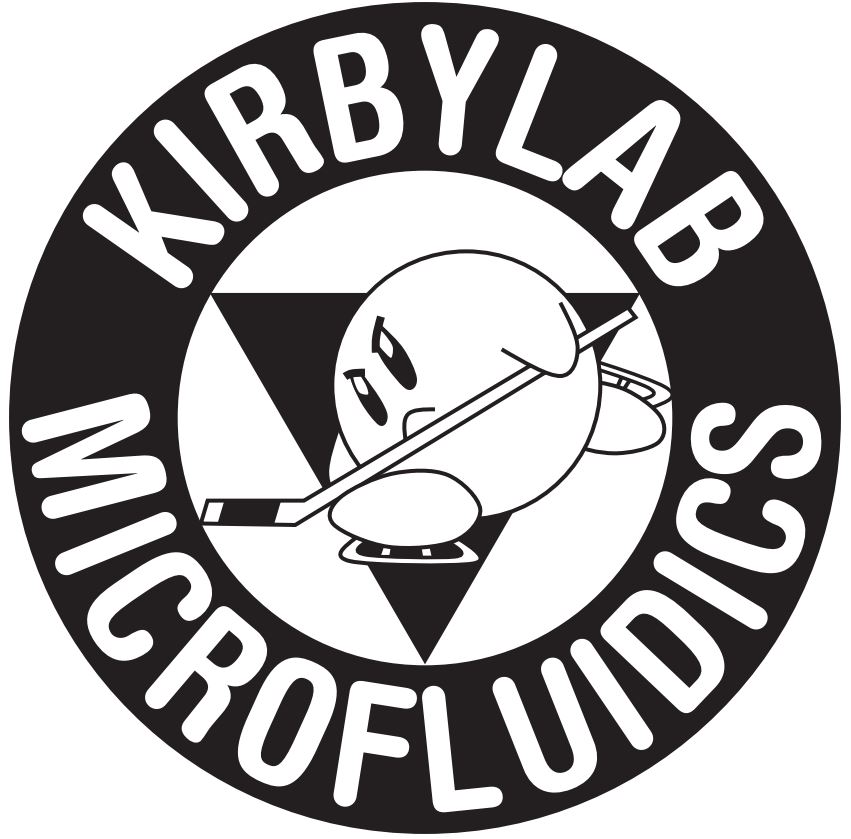New publication: Functional Characterization of Circulating Tumor Cells with a Prostate-Cancer-Specific Microfluidic Device
A team of Cornell-Ithaca and Weill-Cornell Medical College researchers reported today in PLoS ONE demonstration of functional characterization of circulating tumor cells extracted from blood of prostate cancer patients. The team, including Kirbylab group members Jason Gleghorn, Brian Kirby, Erica Pratt, Steven Santana, and Jim Smith, extracted circulating tumor cells from prostate cancer patients using our GEDI microdevices, and showed response in these cells that we hope will recapitulate patient response to chemotherapy.
Reference:
Functional Characterization of Circulating Tumor Cells with a Prostate-Cancer-Specific Microfluidic Device
Brian J. Kirby, Mona Jodari, Matthew S. Loftus, Gunjan Gakhar, Erica D. Pratt, Chantal Chanel-Vos, Jason P. Gleghorn, Steven M. Santana, He Liu, James P. Smith, Vicente N. Navarro, Scott T. Tagawa, Neil H. Bander, David M. Nanus, Paraskevi Giannakakou
Abstract:
Cancer metastasis accounts for the majority of cancer-related deaths owing to poor response to anticancer therapies. Molecular understanding of metastasis-associated drug resistance remains elusive due to the scarcity of available tumor tissue. Isolation of circulating tumor cells (CTCs) from the peripheral blood of patients has emerged as a valid alternative source of tumor tissue that can be subjected to molecular characterization. However, issues with low purity and sensitivity have impeded adoption to clinical practice. Here we report a novel method to capture and molecularly characterize CTCs isolated from castrate-resistant prostate cancer patients (CRPC) receiving taxane chemotherapy. We have developed a geometrically enhanced differential immunocapture (GEDI) microfluidic device that combines an anti-prostate specific membrane antigen (PSMA) antibody with a 3D geometry that captures CTCs while minimizing nonspecific leukocyte adhesion. Enumeration of GEDI-captured CTCs (defined as intact, nucleated PSMA+/CD45− cells) revealed a median of 54 cells per ml identified in CRPC patients versus 3 in healthy donors. Direct comparison with the commercially available CellSearch® revealed a 2–400 fold higher sensitivity achieved with the GEDI device. Confocal microscopy of patient-derived GEDI-captured CTCs identified the TMPRSS2:ERG fusion protein, while sequencing identified specific androgen receptor point mutation (T868A) in blood samples spiked with only 50 PC C4-2 cells. On-chip treatment of patient-derived CTCs with docetaxel and paclitaxel allowed monitoring of drug-target engagement by means of microtubule bundling. CTCs isolated from docetaxel-resistant CRPC patients did not show any evidence of drug activity. These measurements constitute the first functional assays of drug-target engagement in living circulating tumor cells and therefore have the potential to enable longitudinal monitoring of target response and inform the development of new anticancer agents.
